Hair shedding and hair thinning have become the most widespread trouble in people’s lives as a consequence of genetic factors, emotional stimulation, poor lifestyle, pressure, and food habits, etc. And this will alter a person’s appearance and can exert an influence on one’s mood. Would you like to improve the phenomenon of thinning hair? There are two approaches to give you a hand: hair wigs and hair transplant. Do you want to know the difference between them? In this passage, we will tell you everything about them.
1. What Are Hair Wigs?
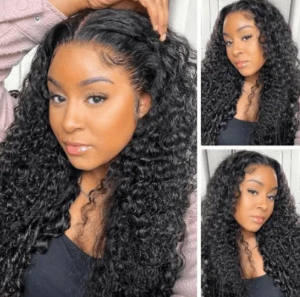
Hair wigs, also regarded as hair replacement systems or hair systems, refer to hair made by artificial techniques for decorative accessories, and they are either made of synthetic materials or human hair. Hair wigs come in a variety of shapes, colors, densities, lengths, and sizes for you to single out. You can opt for wigs in accordance with your requirements and needs.
2. What Is Hair Transplant?
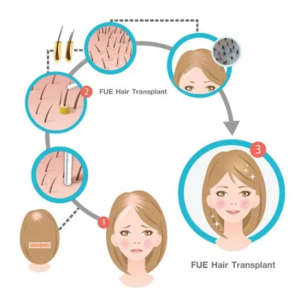
A hair transplant is a kind of head plastic and cosmetic surgery. The principle of hair transplant is to use microsurgical techniques to take out the healthy hair follicle tissue of the donor. After nurturing with nuclear energy, it is artistically planted in the sparse hair part according to the natural growth direction. The regenerated hair after planting holds is the same as the original hair.
3. The Advantages And Disadvantages Of Hair Wigs
3.1 The Advantages Of Hair Wigs
Unlimited options
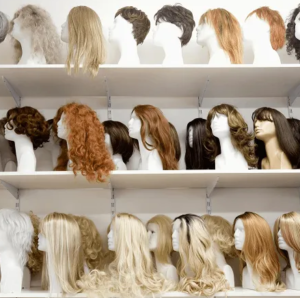
One of the best things about wearing a wig is that you can change your hairstyle at any time. Whether you want water wave or bob hairstyle, brown or blond, long or short, wigs can satisfy you. Wigs permit you to attempt a great amount of new styles anytime, anywhere.
Instant solution for hair loss
Unlike hair transplants, where you have to wait at least six months to a year to see results, wigs solve your problems the moment you put them on. It also means you don’t have to wear a hat or take supplements or medications while you wait for your hair to grow.
Protect your natural hair
Styling your hair is frequently inseparable from harmful chemicals and heat treatment tools, which will give rise to great harm to your own natural hair. But wigs can help you avoid this damage. You can customize your own wigs depending on your own requirements and needs.
3.2 The Disadvantages Of Hair Wigs
Affect the normal function of the scalp

Wearing wigs may have an impact on the normal of the scalp, such as scalp sweating and sebum secretion may be distributed. It might give rise to the accumulation of oil on the scalp, the reproduction of bacteria in the hair follicles, and it can also result in the inhibition of hair growth, which can lead to hair loss.
Bring about scalp allergy
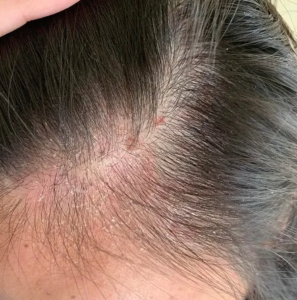
The ingredients of the wig itself may irritate the scalp or cause allergies to the scalp. Therefore, the wig should be of good quality and guaranteed. At the same time, you should also pay attention to the wearing method. Do not spend too much time in a day to avoid adverse reactions.
Give you an unnatural look

Wigs will give you an unnatural look thanks to poor wig material, unskilled crochet techniques, improper wig cares, and incorrect methods. Therefore you need to choose high-quality wigs and learn how to take care of your wigs.
4. The Advantages And Disadvantages Of Hair Transplant
4.1 The Advantages Of Hair Transplant
Give you a more natural appearance
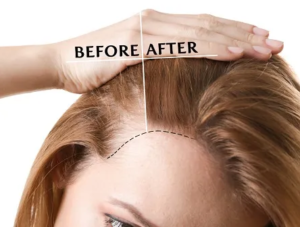
If you are searching for a more natural look, a hair transplant is your first choice. Since this process involves grafting your natural hair into the bald area, these strands will eventually grow naturally, giving your hair a more natural-looking appearance.
Cost savings in the long run
A large number of people accept that a hair transplant is more expensive than using a wig to treat hair loss. But in the long run, it’s actually cost-effective. If you factor in the cost of wearing a wig, although it doesn’t cost much to begin with – add up other costs like wig care. You will soon realize that a temporary hair solution will cost more than a single hair transplant procedure over a long period of time.
Low-maintenance hair care
Your new hair is actually pretty manageable. The transplanted hair is similar to your naturally grown hair – no need to buy or use any special shampoos or chemicals to maintain its thickness.
After surgery, simply apply any medication or post-transplant hair cream or spray as prescribed by your doctor and wait until your doctor recommends washing your hair. Then buy a mild shampoo to cleanse the area around the hair follicles and pat dry with a soft towel when you’re done rinsing.
4.2 The Disadvantages Of Hair Transplant
A hair transplant demands a longer recovery period
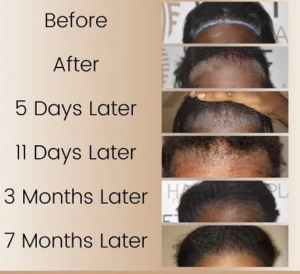
Individuals who receive a transplant do not recover overnight. It usually takes at least about 8 to 10 months for the transplanted area to fully recover and return to normal. During this time, you must strictly follow the postoperative instructions given by the hair specialist.
It can give rise to numbness in the back of the head

Many people will feel numbness and pain in the back of the head after a transplant. This is because some hair follicles in the back of the head are cut off during hair transplant, which results in damage to the nerves of the back of the head.
The hair transplant surgery may have risks
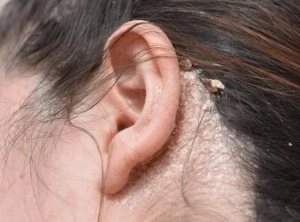
Hair transplant surgery may have a variety of risks, such as scalp infection, scarring, nerve damage, skin graft death, and so on. There is one crucial thing you need to pay more attention to if you are a scar constitution, please do not get a hair transplant.
5. Hair Wigs VS Hair Transplant, Which One Is Better?
Do you have your own option after reading this? You can consider a hair transplant if you want a long-term, economical, and longer-lasting solution to hair loss. However, if you want a hair loss solution that is timely, versatile in style, and doesn’t damage your hair, then you can pick up wearing a hair wig.



